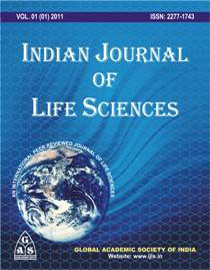Use of Allozyme Markers in Genetic Variation Studies of House Fly (Musca domestica)
ABSTRACT
Genetic variation within natural populations is a cornerstone of evolutionary biology and vector management strategies. In houseflies (Musca domestica), allozyme markers have long served as a reliable tool to assess genetic diversity, population structure, gene flow, and adaptive potential. This review explores the use of allozyme electrophoresis in evaluating genetic variation in M. domestica populations globally, with emphasis on Indian studies. It covers enzyme systems employed, statistical measures used (heterozygosity, genetic identity, Hardy-Weinberg equilibrium), and the implications of findings in ecological, medical, and pest control contexts. The persistence of allozyme analysis as a cost-effective and informative technique highlights its continued relevance in contemporary entomogenetics.
KEYWORDS: Allozyme markers, Genetic variations, geographical isolation, House fly, Musca domestica


